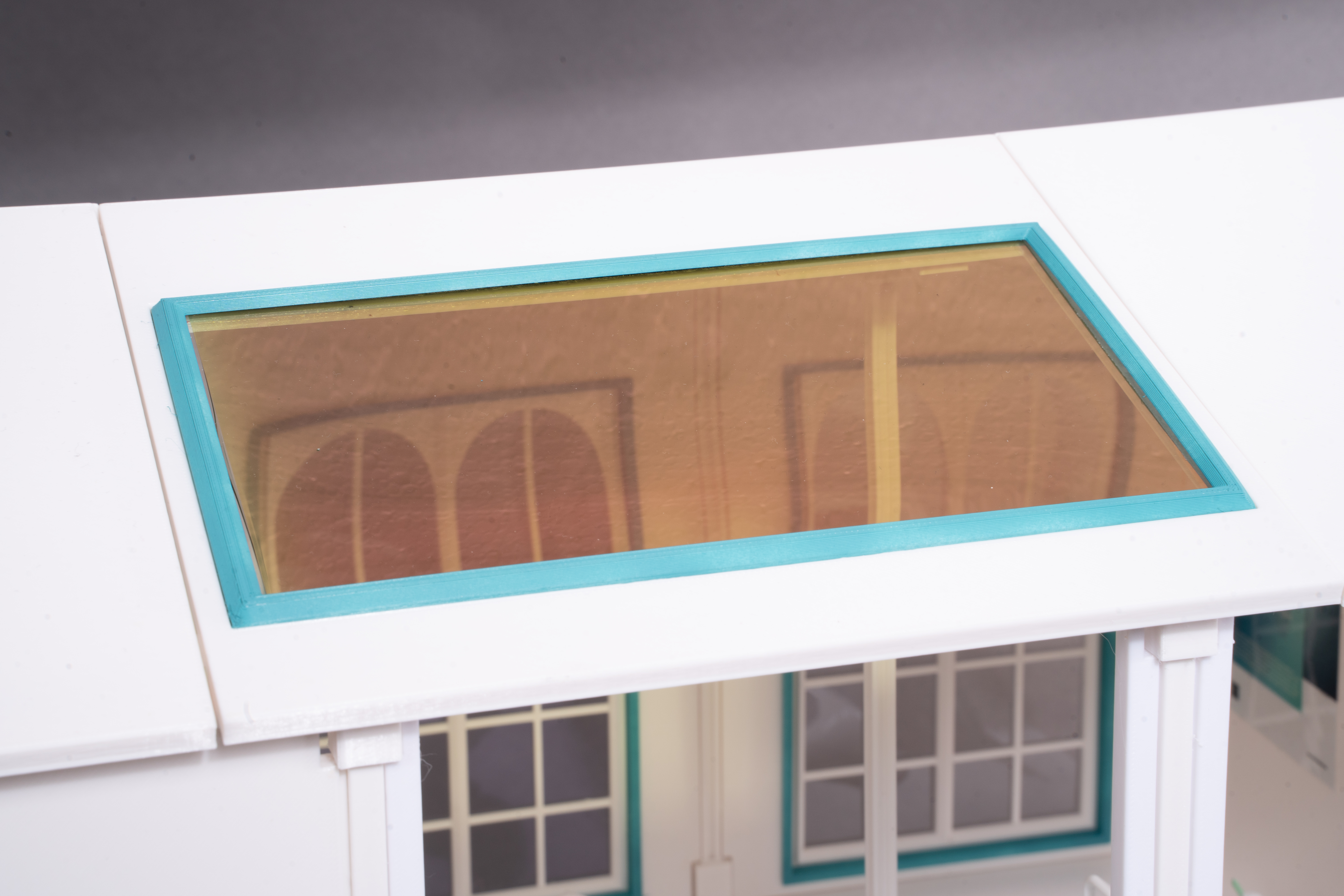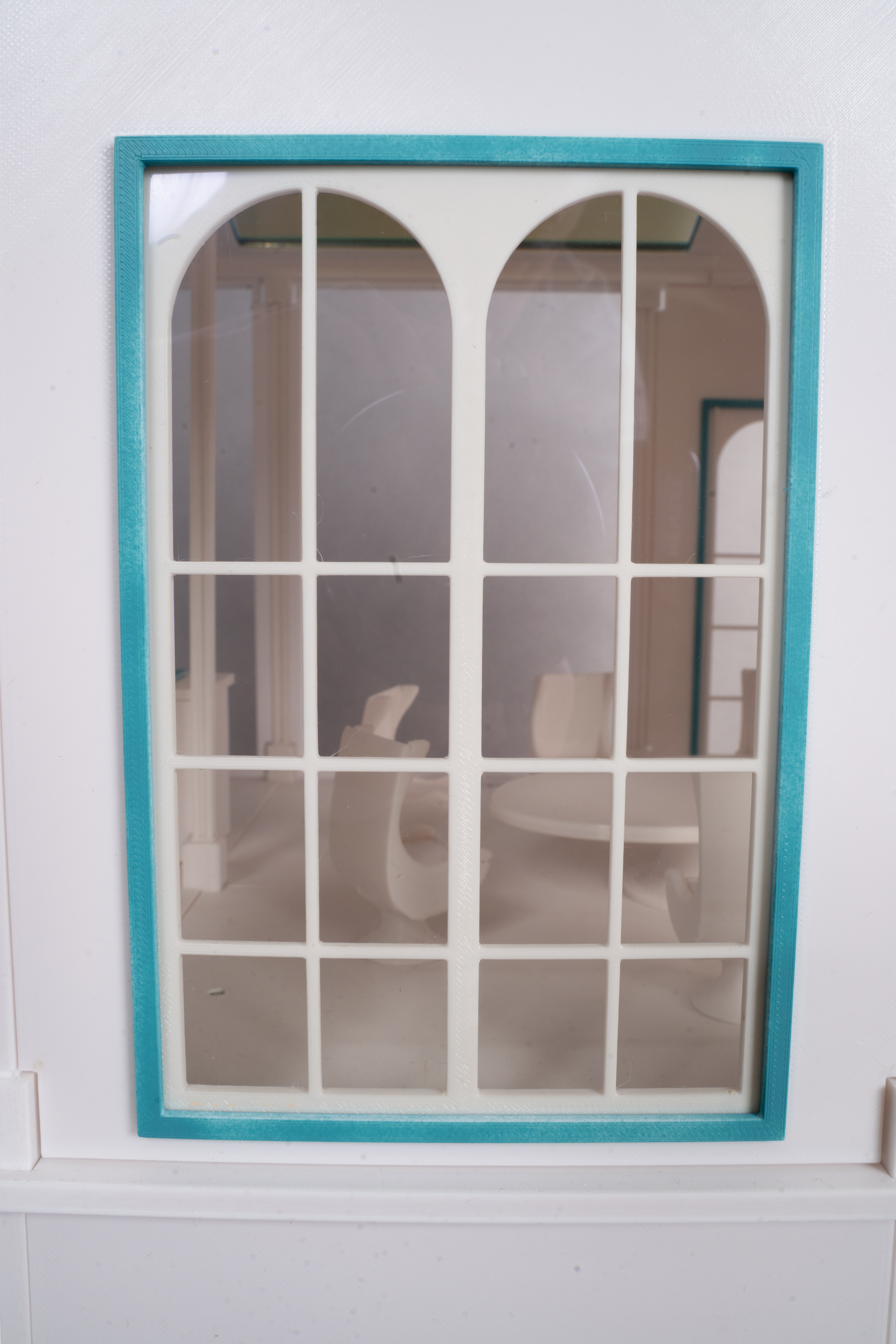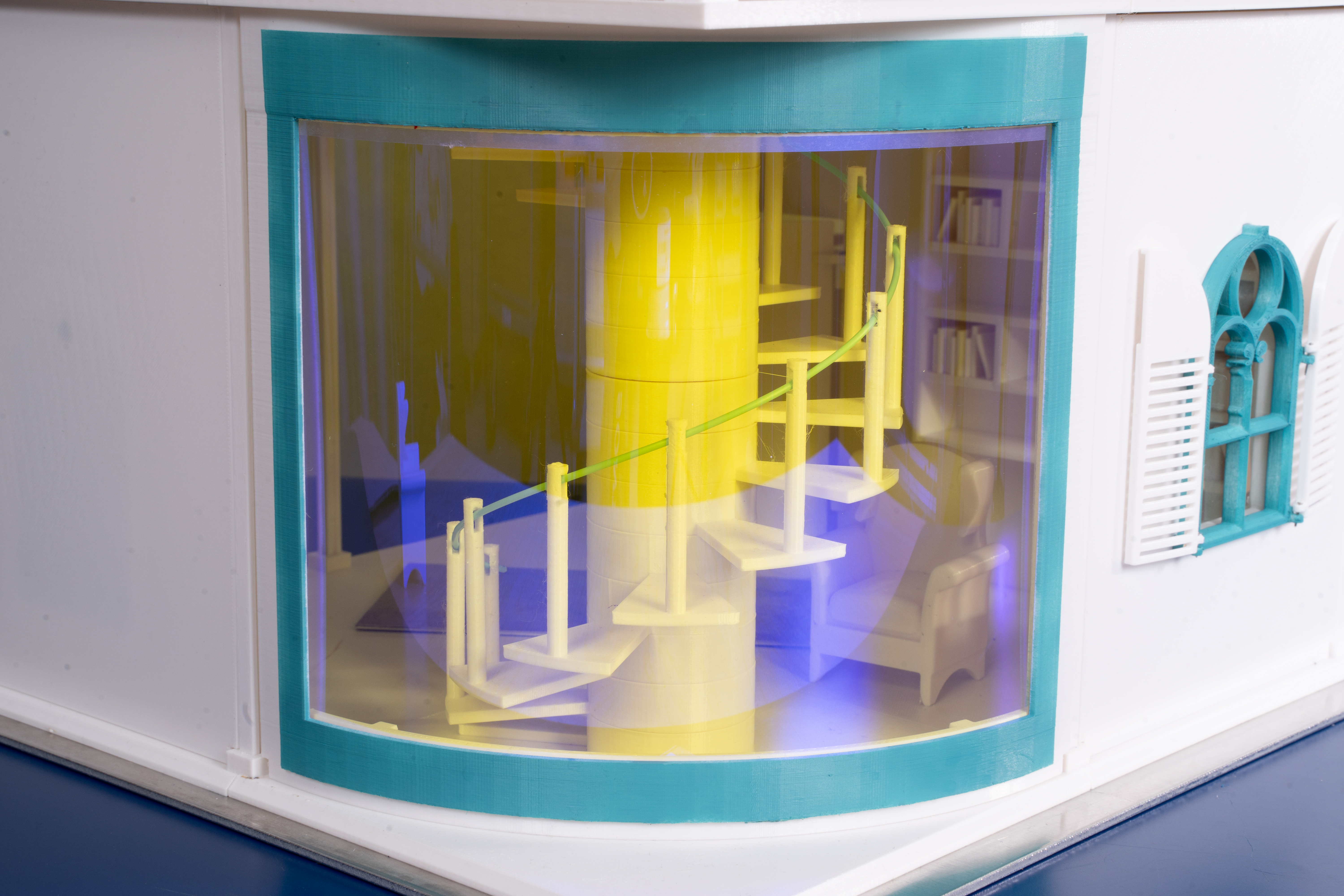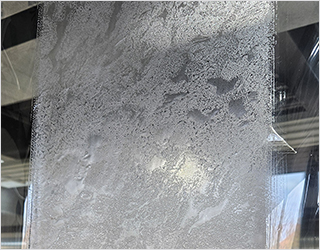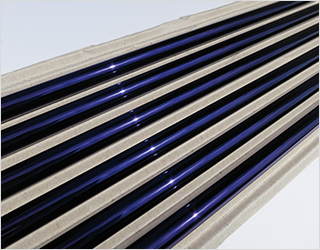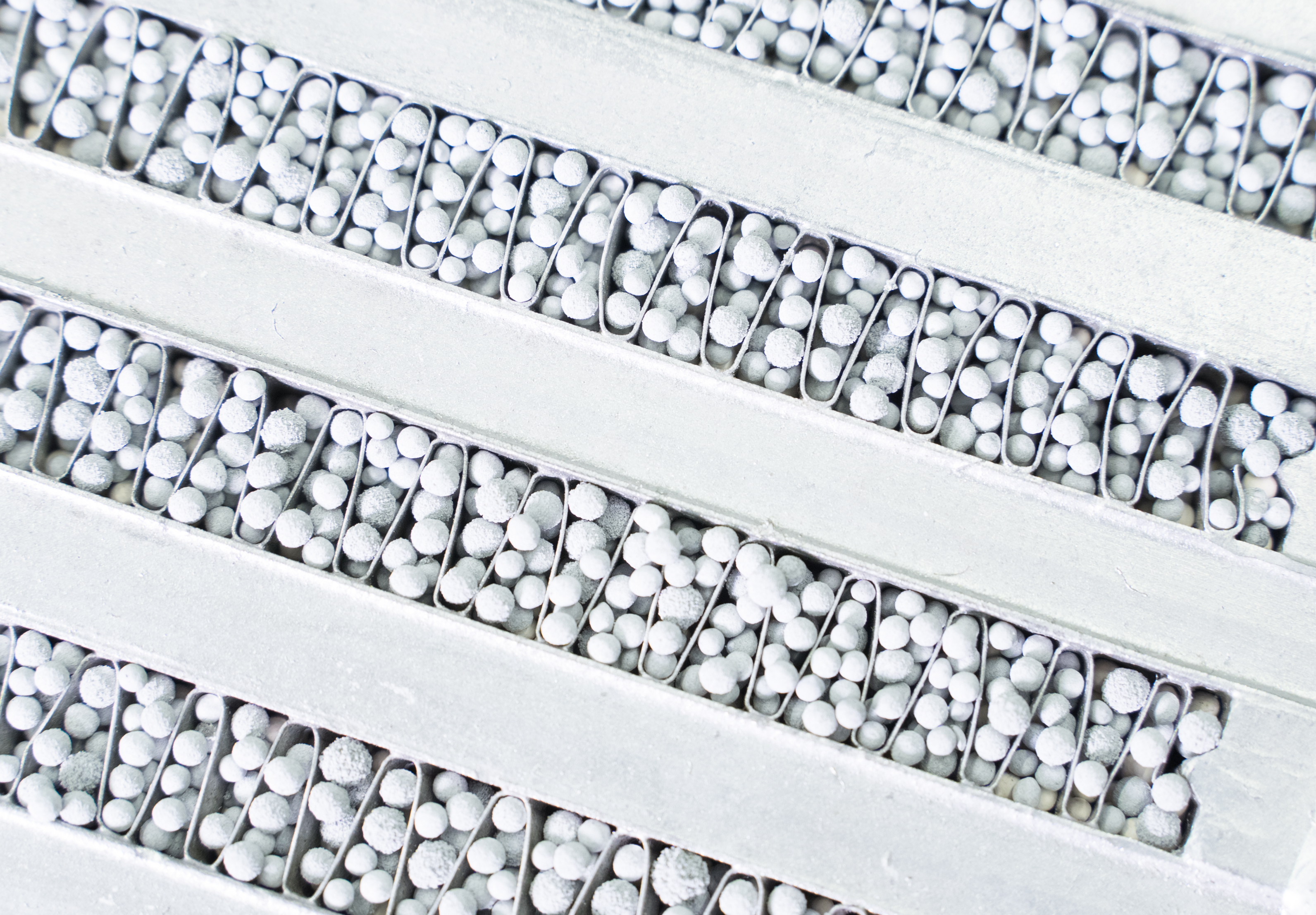Innovative coating technologies that maximize the efficiency of solar absorbers, thermochemical heat storage systems and adsorption chillers are crucial to advancing the heat transition. The Fraunhofer FEP develops customized coating systems that meet specific requirements for absorption, emission and heat conduction and thus sustainably support the use of renewable energies.
Efficient solar absorbers with optimized layer systems
High-performance solar collectors require absorber layers that effectively absorb solar energy and minimize heat loss. These layer systems absorb light in the visible and UV range and emit little infrared radiation, thereby increasing the efficiency of heat utilization.
Research focus:
- Optimization of absorption and emission characteristics through precisely coordinated layer thicknesses
- Long-term stability and temperature resistance of the coatings under cyclic loads
- Development of high-precision coating technologies for absorber tubes in solar collectors
Improved heat conduction in thermochemical storage systems
Zeolite-based thermochemical storage systems enable the seasonal storage of heat through adsorption and desorption. Special coatings increase the thermal conductivity and support the efficiency of heat storage and retrieval, which simplifies the use of the stored energy.
Research focus:
- Metallization of zeolite granules to increase thermal conductivity
- Porous layers for unhindered diffusion and rapid adsorption processes
- Efficient heat transfer solutions for storage and retrieval via heat exchanger surfaces
Compact and efficient high-temperature heat accumulators
New hybrid materials are being developed to enable higher storage densities and smaller storage systems. The metallization of such materials improves heat conduction, which further increases the efficiency and compactness of the storage units.
Research focus:
- Development of hybrid materials for maximum storage capacities
- Increasing thermal conductivity through targeted metallization
- Integration of new storage materials in sustainable and scalable storage solutions
Increasing efficiency in adsorption refrigeration technology
The coating of adsorption chillers enables sustainable cooling using solar energy or waste heat. This helps to reduce the need for electrical energy for conventional compression refrigeration systems.
Research focus:
- Optimization of coatings to improve heat transfer in adsorption chillers
- Development of coated refrigeration systems for stationary and mobile applications
- Integration of adsorption refrigeration in industrial and mobile heat utilization systems
 Fraunhofer Institute for Electron Beam
Fraunhofer Institute for Electron Beam